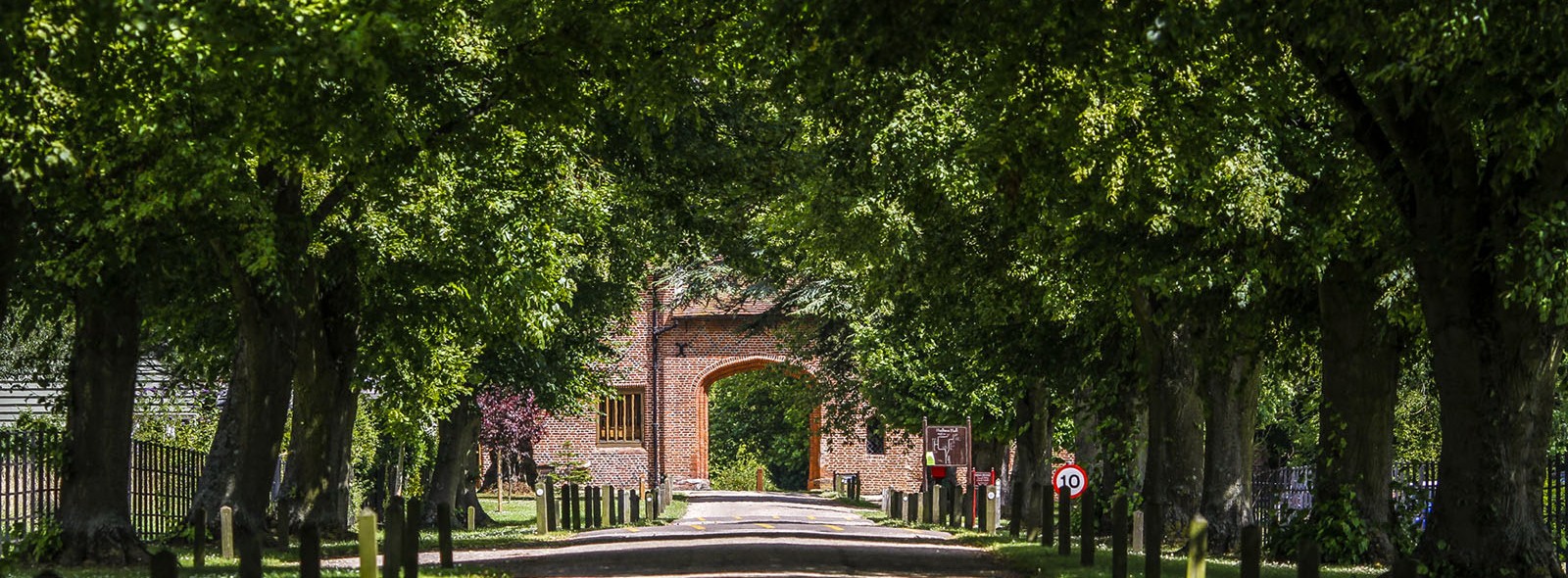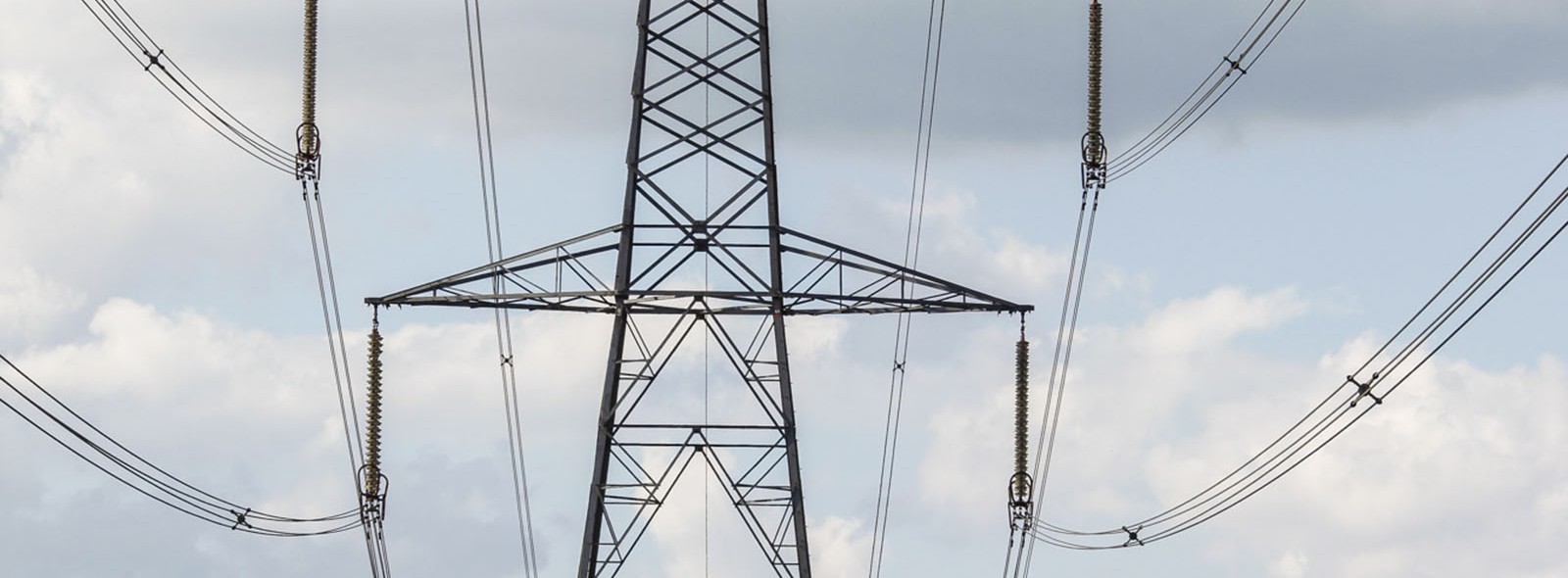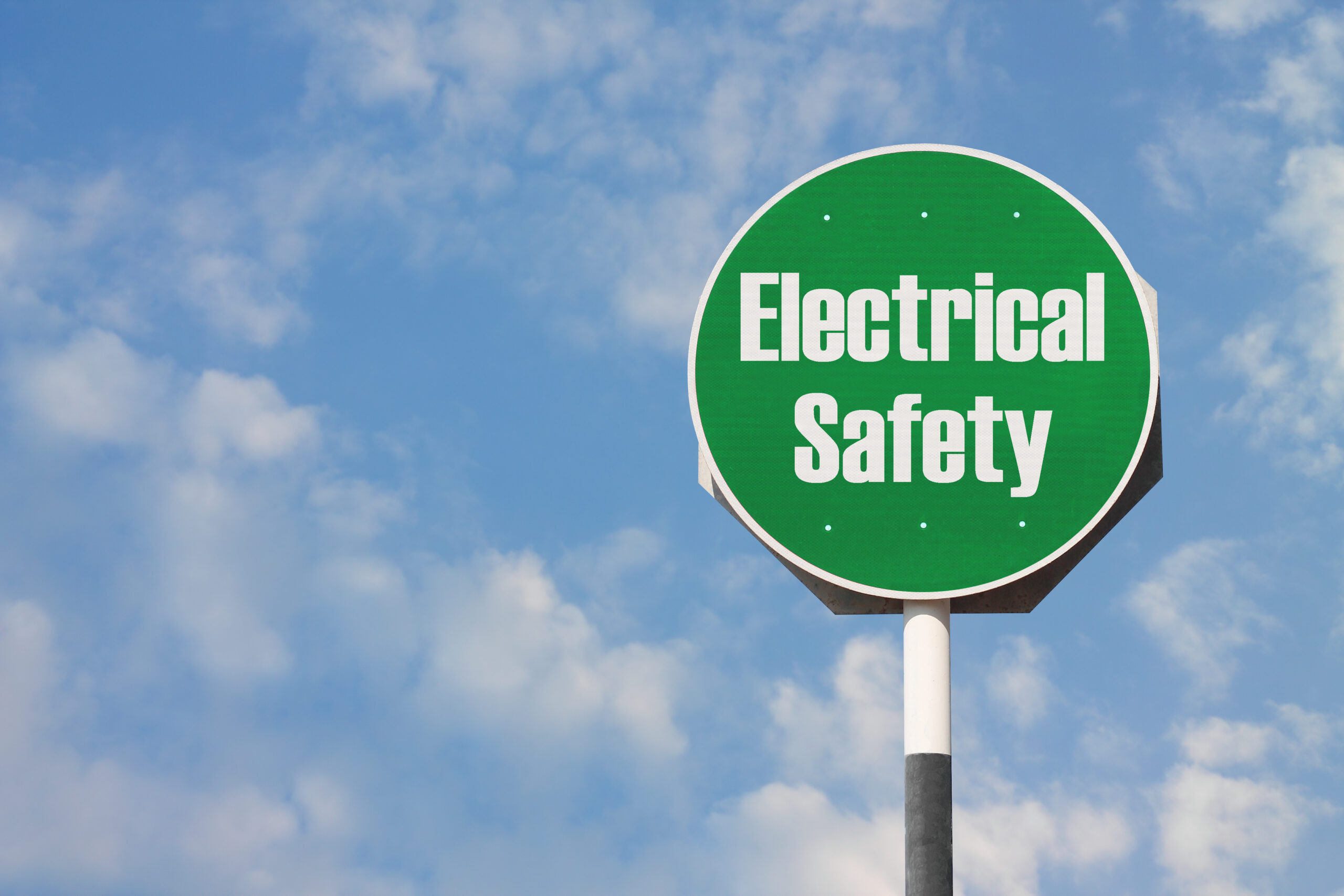Electrical Safety Standards in Privately Rented Residential Properties
From 1st April 2021, all landlords of privately rented residential properties are required to comply with the regulations requiring them to carry out electrical safety inspections every 5 years. This has applied for new tenancies from 1 July 2020 but also applies to existing tenancies from 1st April 2021. Any property with a residential occupier who uses the property as their only or main residence and pays rent will fall under these regulations.
The regulations apply to all properties with a residential element (AHA tenancies, FBTs, mixed use properties, and also caravans and mobile homes) where the property is being used as the occupier’s only or main residence and a rent is being paid (this does not have to be a market rent and also applies where a reduction in pay is applied to account for accommodation).
There are a few exclusions:
- Long leases for a term of 7 or more years (with no break clause exercisable within 7 years)
- Where accommodation is shared with the landlord or the landlord’s family
- When the landlord is a private registered provider of social housing
- Student halls of residence
- Hostels and refugees; care homes; hospitals and hospices; other accommodation relating to healthcare provision.
It is considered that a new tenancy starts when a fixed term is allowed to roll over into a periodic tenancy by statute, therefore an inspection and test will be required prior to the tenancy becoming a statutory periodic tenancy. However, if the periodic tenancy is contractual, it will be considered as the same tenancy and not a new one, therefore the 5 year period for an electrical safety inspection and test can continue.
A landlord must ensure that the electrical safety standards are met during any period when the residential premises are occupied as an only or main residence for a rental payment. Every electrical installation in the residential premises must be inspected and tested at least every 5 years or prior to the start of a new tenancy by a qualified person.
After the inspection and test the landlord must:
- Obtain a report of the inspection and test, and the date the next inspection is due
- Provide a copy of the report to each tenant within 28 days of the inspection
- Retain a copy of the report until the next inspection, and supply a copy of the previous report to the person undertaking the next inspection and test
- Supply a copy of the most recent report to any new tenant before the occupy the premises, or to a prospective tenant within 28 days of receiving a written request for it.
The landlord is responsible for ensuring that any further investigative or remedial works recommended by the report are carried out within 28 days of the date of inspection (or shorter periods if specified within the report). A further written report must then be obtained to confirm that the work has been done and that the safety standards are now met (or further works required). The landlord must supply a copy of this further report to the tenant within 28 days.
The current electrical safety standards (18th edition of the Wiring Regulations, BS 7671:2018) came into effect in January 2019 and therefore for any electrical safety inspections and tests completed prior to this date, the landlord should check with the qualified person who undertook the inspection to confirm that the electrical installations comply with the new Wiring Regulations.
Heidi Smith













